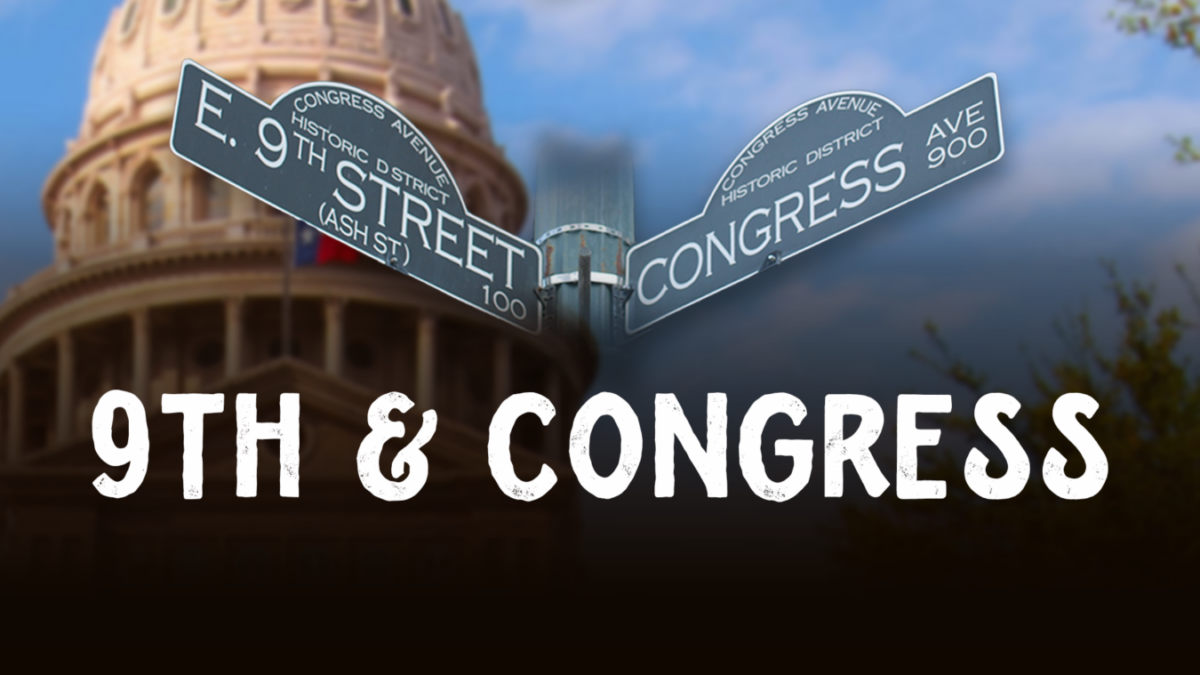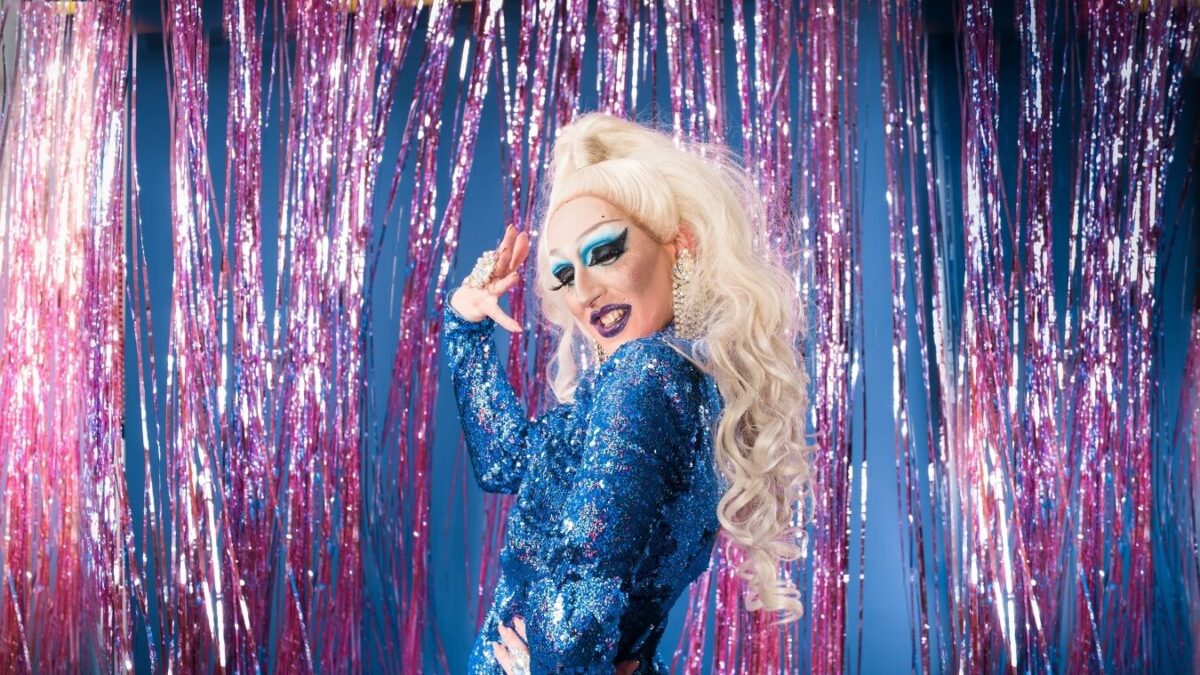The Texas Senate just passed Senate Bill 17, which will require Texas colleges and universities to close their offices dedicated to “Diversity, Equity and Inclusion,” (DEI).
Senate Bill 17 will also prohibit universities from requiring applicants for teaching and administrative jobs to provide a so-called “diversity statement” that is free of any offensive words like, “merit” and “color-blind.” It also prohibits mandatory DEI training.
Senator Brandon Creighton’s, R-Conroe, leadership on this legislation – a priority for Lt. Governor Dan Patrick – was remarkable in many ways, not the least of which is that DEI offices at Texas colleges and universities, like DEI offices nationally, rarely provide any information on what they actually do.
The truth is buried deep in the website of the National Association of Diversity Officers in Higher Education. They describe their mission as “engaging in ongoing ways to incorporate alternative narratives in the curriculum and provide robust learning opportunities on the history of racism, colonization, and conquest on how higher education and other sectors of society have been complicit in maintaining systems of privilege.”
DEI officers are working to ensure that every administrator, every faculty member and every student believes these “alternative narratives” which include the notion that America was really founded in 1619 when the first African Americans arrived in Virginia, and that the American Revolution and the Texas Revolution were fought to maintain slavery. The Pilgrims didn’t colonize America for religious liberty, they came here to conquer the native tribes, just like Columbus did two hundred years before. There’s no end to these “alternative narratives,” some of which are linked to a part of our history and some of which are pure fabrications.
Underlying these “alternative narratives” is the bedrock belief of DEI that racism is not an individual act of evil, it is a structural system, geared toward preserving white supremacy.
Higher education is part of this systemic racism, according to DEI’s assessment. So is free-market capitalism, America’s legal system rooted in English common law, medicine, virtually everything American, including our values of achievement, hard-work, equality and independence.
According to DEI, the system is rigged and DEI officers say to “mitigate racism,” they must dismantle all those systems and overthrow those values.
That’s why an applicant for a biology professor job at Texas Tech was disqualified when he said he treated all his students equally. Equality is not a DEI value. Equality under the law, the principle that undergirds all our civil rights legislation, has been replaced in DEI by equity, which is about redistributing resources. That’s why many conservatives draw a direct line from DEI to Marxism.
The bottom line is that DEI advocates believe all white Americans are racist, whether they know it or not. Many non-white Americans can be unconsciously racist too, if they buy into “white values” like hard work, self-reliance and even being on time. Following a schedule, according to DEI advocates, is a white thing.
Viewing the world through that DEI prism creates a new standard of inequality. Students are either privileged perpetrators of white supremacy or victims of it. That’s what DEI teaches.
Texas has a dark history of racism – slavery, brutal reconstruction, the violence of the Jim Crow era and segregation. Every Texas public school student is taught that history so that we will never forget those awful times.
But Texas also has a history of breaking down barriers, especially when it comes to our public schools and universities. The Texas Public Policy Foundation conducted focus groups across the state last year and we found that African Americans and Hispanics do not think of themselves as victims; they think of themselves as Texans. They identify with Texas values of independence and freedom. Those who arrive at Texas universities are proud Texans – perhaps until they are hit with DEI ideology everywhere they turn, insisting that somehow the system is rigged and there’s no way they can win.
That’s why few were surprised by the Texas A&M survey that showed that in 2015, 82% of African Americans felt they belonged at the university. By 2019, after four years of DEI programs, only 55% felt they belonged.
A Baylor University study conducted in 2018 found that having a DEI program at a university had no impact on increasing minority faculty hiring. There’s no evidence that DEI helps increase successful college outcomes for minority and women students, either. And we have almost daily examples of how DEI stifles free speech, with a Stanford Law School dean’s shouting down of a federal judge being the most recent example.
Texas is not the only place where DEI is being scrutinized, and not just by conservatives. Earlier this month, the Massachusetts Institute of Technology (MIT) at Cambridge held a debate entitled “Should DEI be Abolished?” Even those who were defending DEI said it had “gone off the rails.”
Texas college and university budgets and websites reveal that hundreds of DEI officers are employed at Texas institutions of higher learning and Texas taxpayers are spending millions to keep those offices open. The Texas Senate was absolutely right to vote to shut them down. The Texas House and other states should follow their lead.
Sherry Sylvester is a Distinguished Senior Fellow at the Texas Public Policy Foundation, and the former Senior Advisor to Texas Lt. Governor Dan Patrick.
To sign up for 9th & Congress emails, click here.




